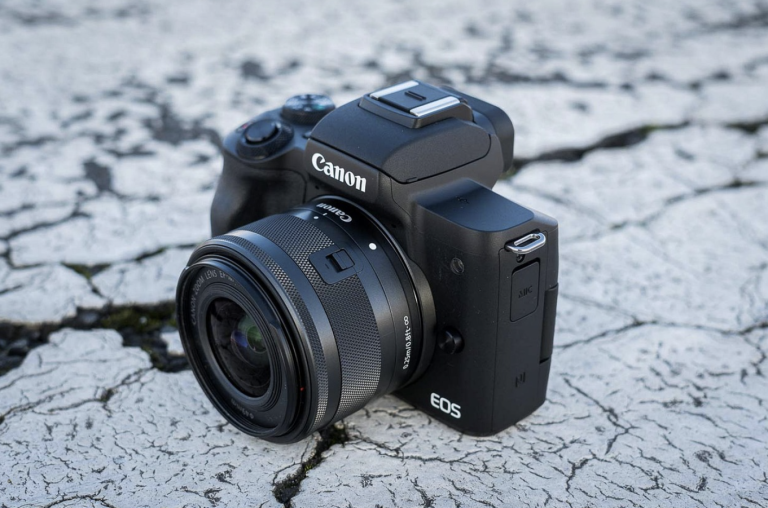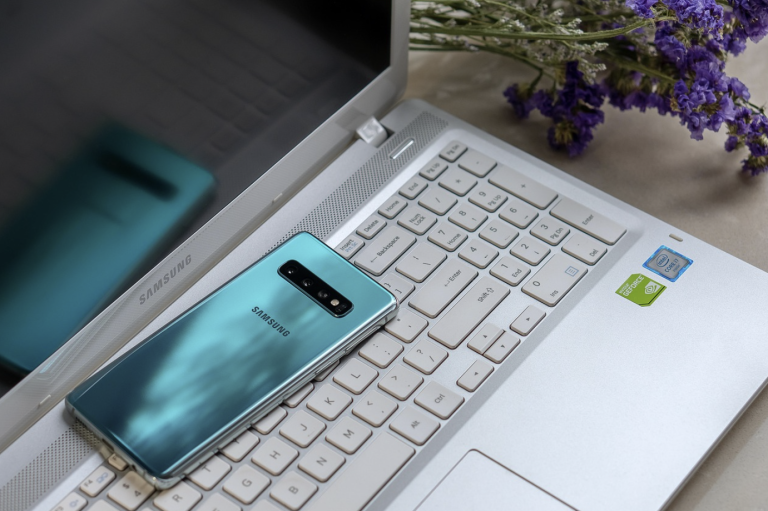
Introduction
Let’s face it—buying a gaming laptop isn’t cheap. One wrong move, and you could end up with an underperforming machine that costs you both money and gaming fun. So how do you avoid the most common traps? Whether you’re upgrading your current setup or diving into PC gaming for the first time, knowing what not to do is just as important as knowing what to look for.
Let’s break down the five costly mistakes people often make—and how you can avoid them like a pro.
1. Mistake #1: Ignoring the GPU
Why the GPU Matters
Think of the GPU (graphics processing unit) as the engine that powers your gaming experience. It’s what renders the lifelike visuals and keeps your frame rates smooth. If you cheap out here, even basic games will feel choppy.
Minimum Specs for Modern Games
At a bare minimum, look for a NVIDIA RTX 3060 or AMD Radeon RX 6600M if you’re gaming at 1080p. For 1440p or high-refresh-rate gaming, step it up to an RTX 4070 or above. Integrated graphics? Don’t even think about it unless you love lag.
2. Mistake #2: Overlooking the Display Quality
Resolution and Refresh Rate
You wouldn’t watch a 4K movie on a 90s TV, right? Then why game on a poor display? Look for at least Full HD (1920×1080) resolution. Serious gamers should consider 144Hz or 165Hz refresh rates for that buttery-smooth action.
Panel Type: IPS vs TN vs OLED
- IPS panels offer the best color accuracy and viewing angles.
- TN panels are cheaper and faster but have poor colors.
- OLEDs are stunning, but they’re pricey and can suffer burn-in.
Bottom line: go IPS if you want a balance of performance and visual quality.
3. Mistake #3: Skimping on RAM and Storage
RAM Requirements for Gaming and Multitasking
Gaming these days isn’t just about the game itself. You might be streaming, chatting, and multitasking—all at once. 16GB of RAM is the sweet spot. 8GB? Only if you love watching loading screens.
SSD vs HDD: Speed and Load Time
Still thinking of buying a laptop with a regular hard drive? Welcome to 2010. Always go for NVMe SSDs, which load games in seconds. HDDs are fine for bulk storage, but don’t rely on them for performance.
4. Mistake #4: Focusing Only on CPU Power
CPU vs GPU: Which One to Prioritize?
Here’s a myth: “The higher the CPU model number, the better the gaming performance.” Wrong. Gaming is GPU-intensive. As long as you’ve got a decent 6-core or 8-core CPU, you’re good. Don’t blow your budget chasing the highest-end processor if it means downgrading your GPU.
Recommended Processors for Gamers
For Intel: i7-13700H or i5-13420H
For AMD: Ryzen 7 7840HS or Ryzen 9 7940HS
These chips will handle AAA titles without breaking a sweat.
5. Mistake #5: Neglecting Thermal Design and Build Quality
Why Cooling Matters
A hot laptop is a slow laptop. Overheating leads to thermal throttling, which kills performance. Look for laptops with dual-fan cooling, vapor chambers, or liquid metal thermal paste. Don’t just look at specs—watch reviews to see how hot the machine gets under load.
Build Quality: Durability and Design
If you plan to carry it around, you’ll need something sturdy. Plastic bodies are light but often creaky. Aluminum chassis offer better rigidity and heat dissipation. Bonus points for a clean aesthetic and thin profile.
Other Key Features to Consider
Keyboard and RGB Lighting
Comfortable keystrokes matter, especially in long gaming sessions. And hey, who doesn’t love customizable RGB lighting? Just don’t let it be the reason you choose one laptop over another.
Port Selection and Upgradeability
Make sure you have enough USB ports for your peripherals, and check if the RAM or storage can be upgraded later. Some laptops solder the memory to the board—big mistake if you want to upgrade in the future.

Budget Planning: Get the Most for Your Money
Don’t fall into the trap of thinking more expensive always means better. Set a budget and prioritize GPU and display. Consider older models of high-end laptops—they often go on sale and can outperform newer mid-range machines.
Future-Proofing Your Gaming Laptop
Want your investment to last a few years? Then think long-term. Choose specs that exceed today’s minimum requirements. That way, you won’t be scrambling for an upgrade when the next big game drops.
Conclusion
Choosing the right gaming laptop doesn’t have to be a gamble. By avoiding these five mistakes—like ignoring the GPU or settling for a poor-quality display—you can find a machine that not only plays today’s games but also stands strong for years to come.
Keep it simple: focus on performance, build quality, and real-world usability. And don’t let flashy RGBs or slick marketing fool you—do your research, and game on smartly.

FAQs
What is the most important component in a gaming laptop?
The GPU. It has the biggest impact on your gaming performance and frame rates.
Is 16GB of RAM enough for gaming?
Yes. 16GB is ideal for gaming and multitasking. Only go for 32GB if you’re also doing heavy creative work.
Do I need a 144Hz display for casual gaming?
Not strictly, but once you try it, going back to 60Hz feels like moving in slow motion. It’s worth it for most gamers.
Should I go for a laptop with a dedicated cooling system?
Absolutely. Good thermals prevent performance drops and prolong the life of your laptop.
Are gaming laptops good for everyday use too?
Yes—especially modern ones. They’re powerful and versatile but can be heavier and more power-hungry than ultrabooks.







